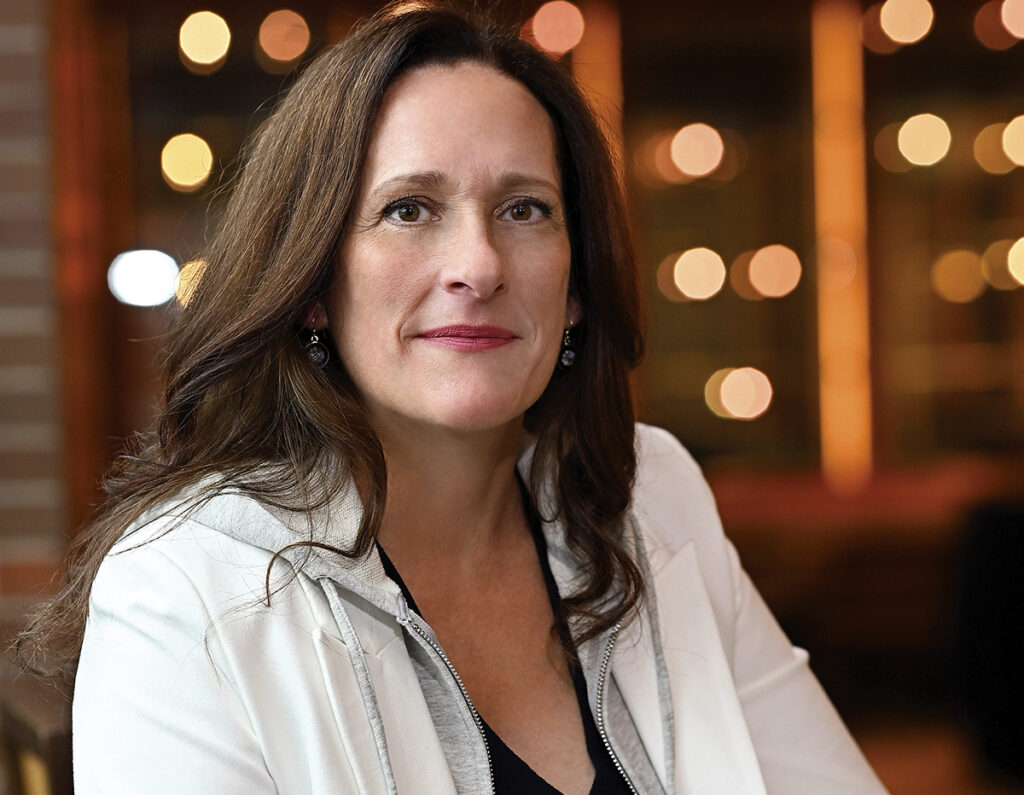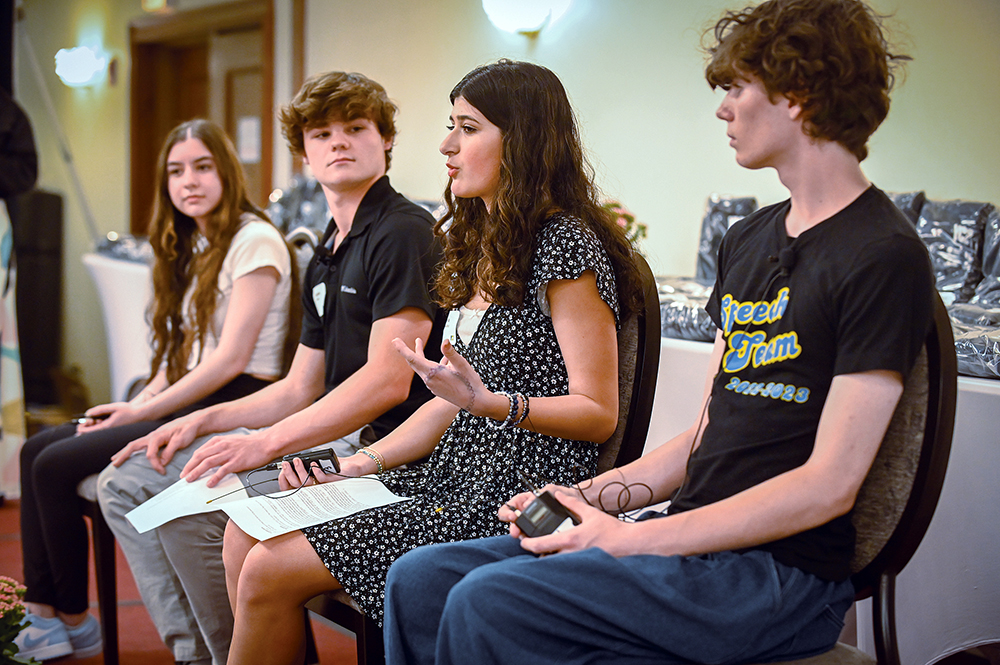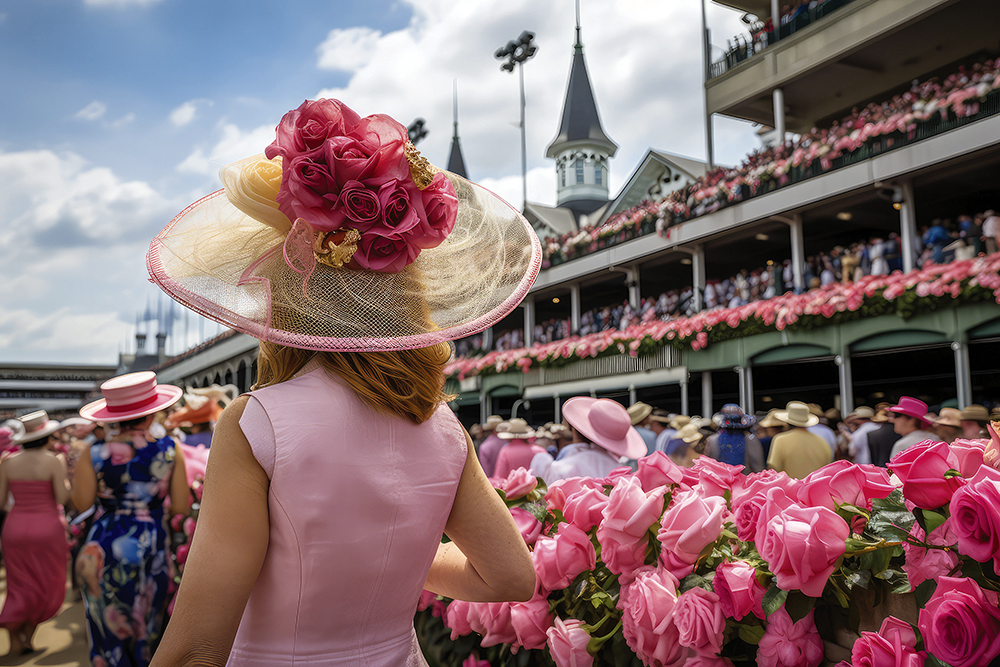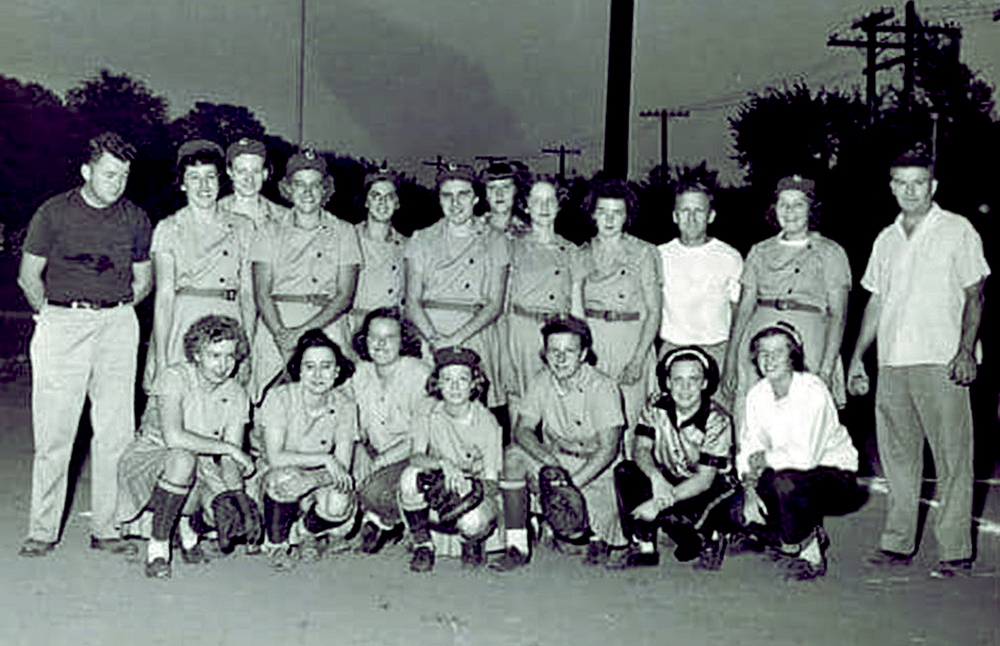Clarendon Hills Centennial Celebration
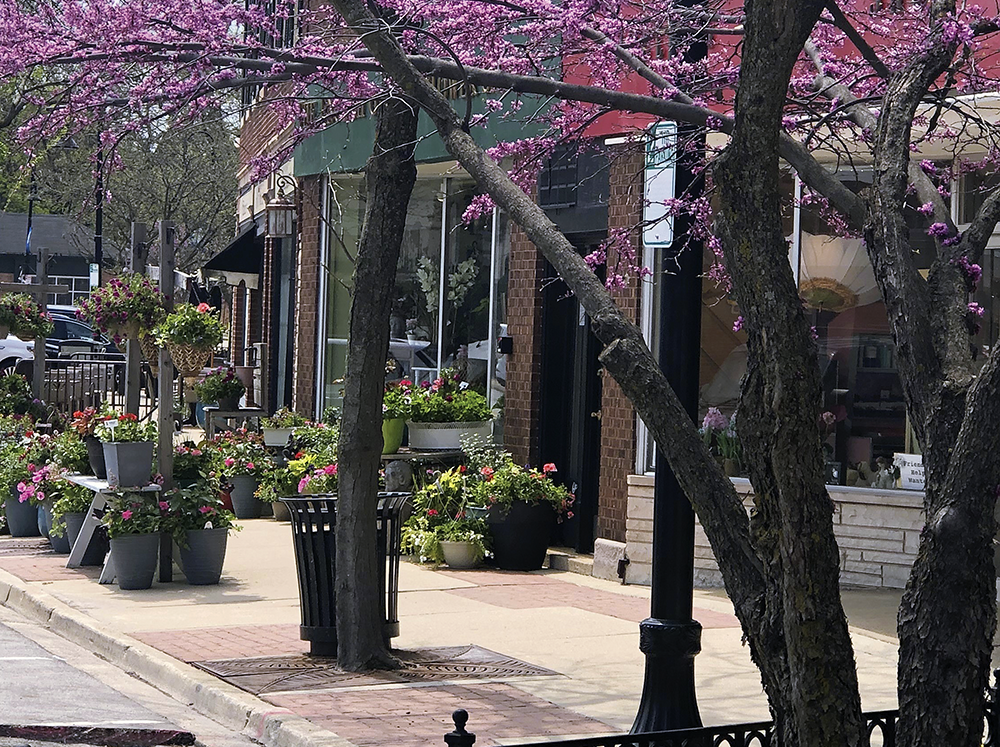
Clarendon Hills puts history front and center
By Chuck Fieldman
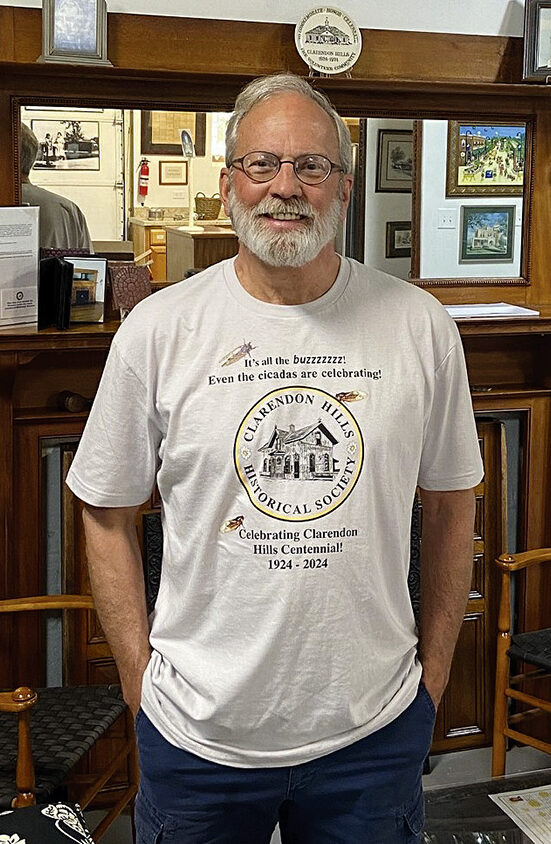
Chuck Brand has lived in Clarendon Hills for 68 of his nearly 70 years and has been involved with the village’s Historical Society for 15 years.
In his own way, Chuck Brand has been a part of Clarendon Hills’ history for many years as the village celebrates its Centennial in 2024.
Brand has lived in Clarendon Hills for 68 of his nearly 70 years and has been involved with the village’s Historical Society for the past 15 years, including eight as board president.
Both of those factors have made this year’s 100th anniversary of Clarendon Hills quite special for him.
“As a longtime resident, it’s an opportunity to reflect on the past — what a great place to grow up and raise my family,” said Brand, whose lone two years living outside of Clarendon Hills were when he and his wife lived in Hinsdale after getting married, before buying a home in Clarendon Hills in 1979.
“The Centennial is a great opportunity to learn how early residents volunteered and worked together to build our community and to educate our younger residents about what a special community we have.”
The history that has made up the past 100 years, since the area previously known as West Hinsdale became incorporated as Clarendon Hills, named for a Boston suburb, on Jan. 22, 1924, has become more front and center because of the Centennial celebration. And as a longtime board member of the Historical Society, Brand is pleased with that.
“The Society is dedicated to preserving, discovering, and sharing information about the history of Clarendon Hills,” he said. “We do this to promote and encourage the knowledge of the history of Clarendon Hills and the preservation of its antiquities. And to aid in the dissemination of historical information in Clarendon Hills.”
When the Chicago, Burlington & Quincy Railroad began service in the area in 1864, farmers initially used it as a milk stop, according to historical information from the village. The scenic terrain soon attracted speculators, headed up by James M. Walker, then president of the railroad, who hoped to develop a commuter suburb.
The area was platted in 1873 with a design inspired by landscape architect Frederick Law Olmsted. Accordingly, numbered lots of various shapes and sizes were placed along winding streets that followed the natural contours of the land.
The 1880 census reported 14 families for a total of 66 residents in the village, according to information from the Historical Society, which was founded 50 years later by members of Friends of the Library, who recognized the importance of preserving village history.
The first police officer was appointed in 1924, the same year the village was incorporated. Orrin Goode was the first village president, and a business district was developed to serve the growing population of commuters. Village Hall was built at 1 N. Prospect Ave. in 1965 and added onto in 1992. The first Village Manager was Lloyd Church in 1959.
A real boom in Clarendon Hills followed World War II, as the population increased from 933 in 1930 to 5,885 by 1960.
Along with a continued effort to keep the history of the village alive, the Clarendon Hills Historical Society has been involved in several events to celebrate the village’s Centennial. In addition, village officials formed a Centennial Committee for the year chaired by Suzanne Austin, who also is president of the Clarendon Hills Park Board.
Austin said the Committee was formed because village trustees wanted to make sure that the Centennial would be a meaningful and memorable year for residents.
“They did not have the capacity or time to plan and execute all of the details, and they wanted input from resident leaders in the community,” she said. “Fortunately, longtime residents with varied backgrounds have stepped up to lend their experience and their time putting together a fabulous Centennial calendar that has something for residents of all ages.
“All of the Centennial events planned are focused around three pillars: educating our citizens about our town’s history and the people that helped build it over the past 100 years, connecting our residents by bringing us together through our series of events throughout 2024, and motivating our residents to be volunteers and leaders of the future.”
Austin said residents probably first became aware of the Centennial when special light post banners were installed throughout the downtown area heading into the new year.
“Social media, digital media, and print media sources have also helped to publicize the events being hosted during the Centennial year,” she said, adding that several Facebook group pages have also featured information for the community.
Various activities for the Centennial have been ongoing since the beginning of the year and will continue for the rest of 2024.
More information about village- planned events is available online at www.clarendonhills.us/484/Centennial.
September will bring the Centennial year to a close with two very special events, Austin said. The Centennial Committee is planning The Amazing Centennial Race, at which teams of residents will go from stop to stop throughout the village, where they will be asked to answer special questions and perform unique challenges.
Also, the capstone event, a Ravinia-style Centennial Concert in the Park and drone fireworks show is being planned. Dates and further information about these two events will be forthcoming, Austin said.
A Clarendon Hills Village Centennial History Book is in the works and will be available by this Fall. Books cost $50 each and may be ordered online at www.clarendonhillshistory.org/order-book for pickup, and those who order the book will be notified when and where it may be picked up. The paperback book will be in full color with a glossy cover.
In addition to the book, a documentary about the village’s history was planned for a premier showing at the June 14-15 Daisy Days festival. And a time capsule is planned, with details to be announced.
Some younger residents got involved in the Centennial with submissions by students in grades 4-8 for a Centennial Art Competition with the theme, “What inspires you most about Clarendon Hills.”
The artwork will be on display at Village Hall through the end of the year. ■
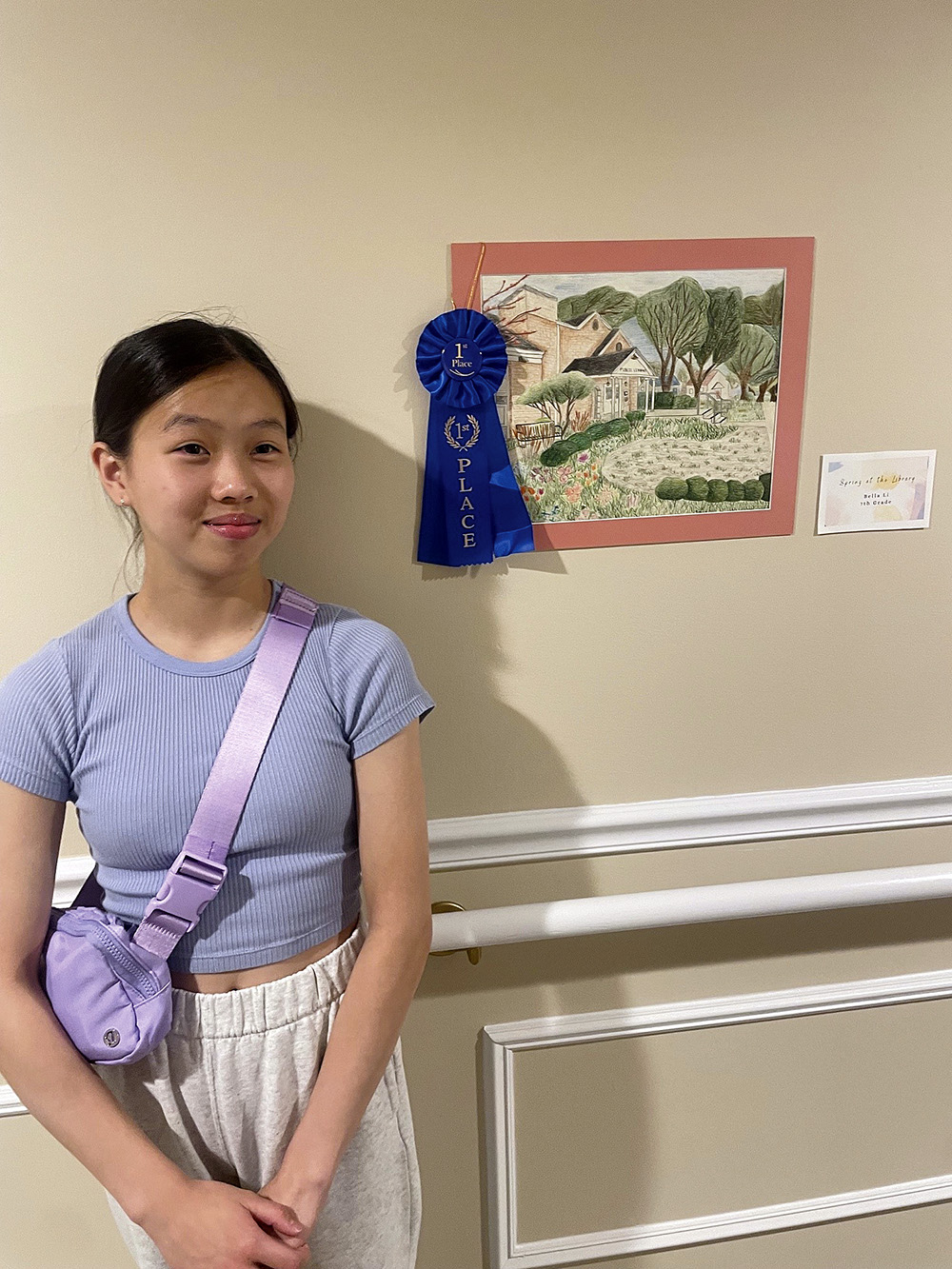
Seventh-grader Bella Li, won a first place in the Clarendon Hills Centennial Art Competition for “Spring at the Library.”

In the late 1800s, a new sport was quickly conquering the hearts and minds of the American public. On October 15th, 1898, the Hinsdale Golf Club, located in Clarendon Hills, was chartered by the State of Illinois. This photograph is of the third club house after fire destroyed the previous two. The brick and stone Tudor style club house, built in 1923, was designed by architect R. Harold Zook

Peat bog fires plagued Clarendon Hills firefighters and other residents in the early days. The smoke caused eye irritation not to mention an offensive acrid odor. One such fire lasted for more than two years at the site of Prospect Park. The smoldering area was finally extinguished by a smothering snow fall. Once a fire started it was nearly impossible to bring it under control due to the nature of the peat bogs. The sun is barely visible through the haze.

The miniature train constructed from odds and ends was used in the joint Walker and Prospect Schools parade and carnival which was enjoyed annually beginning in 1953. The train built by volunteers included three passenger cars, a fire bell, and functioning smokestack. It belonged to the village and was recognized by the fire department assigning it as engine number 347 jr. Helping to complete the project from left, are Al Hurd, D.J. Anders, John Mix, Robert B. Baeker (kneeling), J. Willis Haythorn and Paul W. Coultrap. Children include Kenny Wirt and Tommy and Bonnie Baeker.
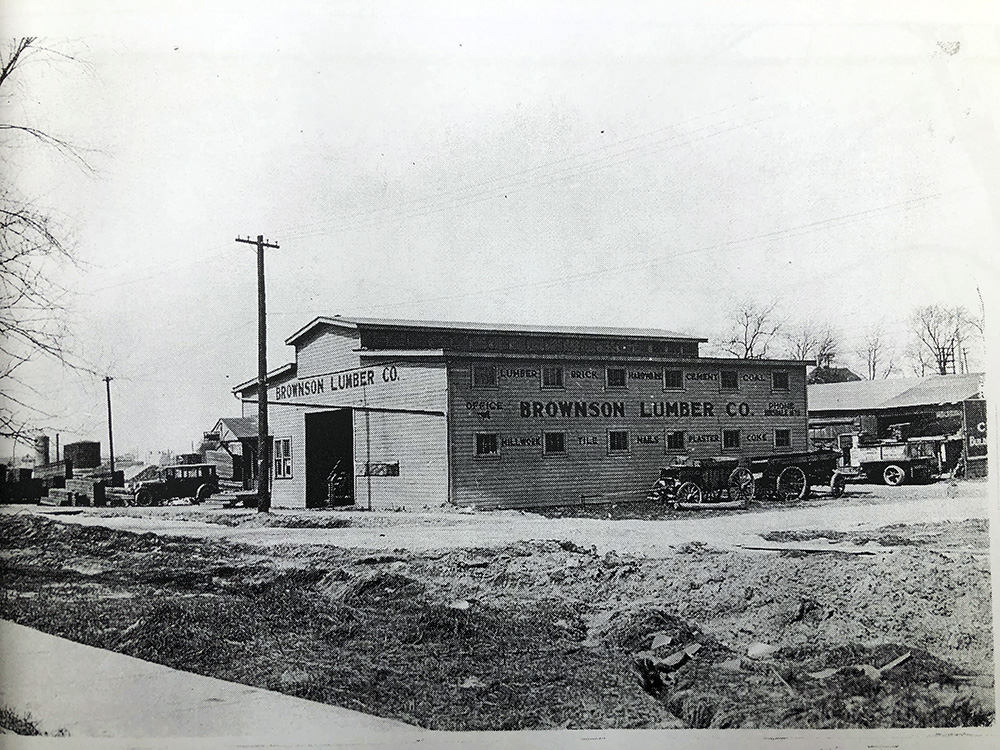
The Brownson Lumber Company was purchased in 1928 by Charles Dillon from Edward Mochel. In 1963 it became Parlenbey Lumber and Construction Company. Dillon’s son-in-law, Robert Parsons, was president. In the 1980s Parsons developed the property into Park Avenue Station, the first village residential condominiums.

September 1, 1961, Trans World Airlines flight 529, a Lockheed Constellation, departed Midway Airport destined for Las Vegas, Nevada. The aircraft carrying 78 passengers and crew crashed just southwest of Clarendon Hills Road and 59 street. All perished. At the time it was the deadliest single-plane accident in the country’s history.

The Clarendon Hills area was referred to as Daisy Fields by persons who passed through on the train. Likewise, florists also called the area Daisy Fields. They came to gather the beautiful flowers for resale. It was called Daisy Fields by Chicago residents and others who made annual pilgrimages to view the site, perhaps have a picnic, and return home with arm loads of daisies.


